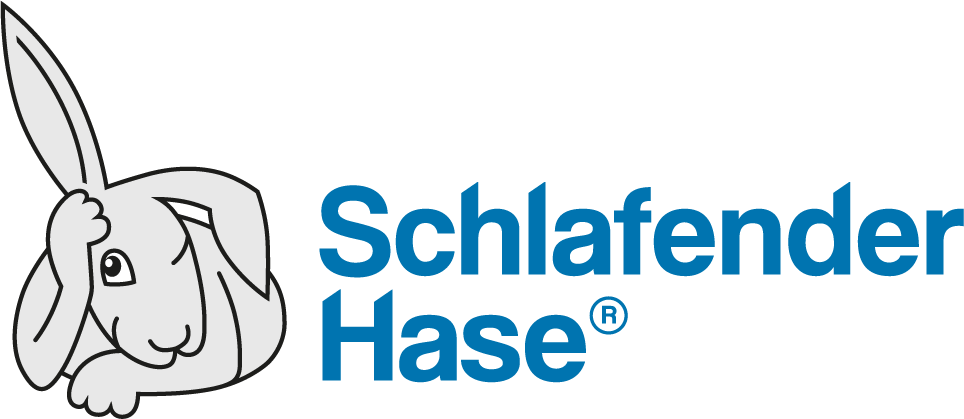Improving artwork approval processes in Pharma and Med Device can save patient lives and enhance company viability.
Few would disagree that artwork approval processes must be lean and efficient. It’s a tall order, however, when so many different business functions are involved, and the stakes are so high. In the pharmaceutical and medical device sectors, implementing efficient processes and ensuring compliance with current Good Manufacturing Practice (cGMP) through better artwork approval workflows brings many benefits. These include successful product submissions to regulatory authorities, timely product launches, enhanced patient health and safety, reduced risks of costly recalls, and extended product lifecycles. This is especially important in an industry where developing and introducing a new product can require substantial investments, often exceeding $1 billion.
What is artwork for labeling and packaging?
When we talk about labeling and packaging artwork, we usually mean any visual element, design, and layout of product labeling and packaging. It includes primary packaging that directly holds the product or accompanies it, and secondary packaging (outer packaging), as well as tertiary packaging for the transport and storage of multiple units.
Artwork is about safety and compliance
In the pharmaceutical industry, labeling and packaging artwork plays a crucial role in safety by providing patients and healthcare professionals with information to make informed decisions. It is an integral part of a submission for a drug approval by regulatory authorities and includes package inserts, such as the patient information leaflet (PIL) or the instructions for use (IFU) [1]. In the era of e-labeling, this role has been expanded to include online information. The workflow is a complex one of creation, multiple revisions, and approval involving many different stakeholders within an organization. Generally, it also involves the specialized knowledge of outsourced services.
Artwork for medical devices
In the case of the labeling and packaging of medical devices, the US Food and Drug Administration (FDA) outlines in its “Quality System Regulation Labeling Requirements” [2], what medical device manufacturers must include in their Quality Assurance (QA) program to ensure good manufacturing practice. Failure to include these correctly and comply with the requirements of GMP (such as for proofreading and change control) will lead to the device being considered misbranded. By definition, this includes “equipment labels, control labels, package labels, directions for use, maintenance manuals, etc. The displays on… electronic message panels are considered labeling if instructions, prompts, cautions, and parameter identification information are given.”
Who is involved?
In the case of a medicine, typically artwork approval involves multiple stakeholders, including:
- Drug research and development (R&D) / clinical research
- Packaging and design
- Regulatory affairs (RA)
- Quality assurance (QA)
- Production
- Marketing and brand management
- Legal compliance
- Medical affairs (to ensure scientific accuracy)
- Supply chain or purchasing departments
Depending on the product or type of labeling and packaging, other team members may also be involved in the approval process. For example, a new-product manager or project manager might coordinate artwork design or some milestones of the workflow, and in standard operating procedures (SOPs) the head of QA is often designated as the final approver.
Parallel approvals and multiple projects
Generally, the artwork approval process takes place in parallel rather than consecutively (which would be too time-consuming and inefficient), with designated responsible stakeholders for various aspects of the artwork. Furthermore, several artwork approval projects – either for new products or regular updates – may be running in unison. Tracking and keeping each on track can be complex and challenging.
Collaboration and integration of software
Collaboration is the key. A variety of artwork approval or artwork design software and collaborative tools are available to manage an artwork creation and artwork approval process. But when choosing artwork approval software, you can avoid workflow delays by keeping in mind any current or future need to integrate your software of choice with information and management systems such as Enterprise Resource Planning (ERP), Regulatory Information Management (RIM), Product Lifecycle Management (PLM), or other systems used in the company. The sheer number and variety of stakeholders means many different systems are generally used at different stages of a labeling design workflow.
TVT supports the labeling and packaging workflows
TVT, the Text Verification Tool for Regulated Industries is a text and artwork verification software that allows you to compare an approved original document in any format with a copy and instantly see deviations. The add-on module TVT Artwork verifies artwork. It is sufficiently powerful to support any document size, format or language.

In particular, regulatory affairs professionals and others involved in proofreading versions of labeling and packaging value TVT because it saves time and adds certainty not possible using manual proofreading.
The TVT Artwork module supports graphic designers, creators, proofreaders and printers – or anyone else who needs to verify visual content in creation, revision or approval workflows. For example, it instantly shows colour variations in any two documents, and it provides previews of layers, spot colours and overprinting to visualize how these will appear on printed labeling and packaging. It takes a lot of the stress and hard work out of proofreading and verifying artwork and provides accuracy that can’t be achieved manually.
What you can expect from TVT
Fast turnarounds and parallel approval
Artwork approval turnarounds are faster because text and artwork verification that might manually takes hours can be performed in minutes. If multiple stakeholders are using TVT (e.g. RA and graphics departments), less time is spent waiting, and parallel approval processes are also faster, reducing timelines.
Collaboration
TVT is collaborative. For example, it can be faster to run an initial check on an artwork file centrally (even in a non-native speaking language) before forwarding the file to a local subsidiary for action. Being able to add comments to the file and print it out in PDF format simplifies feedback steps. Annotation and report functions in TVT record of all actions. TVT creates an audit trail in a single report.
Reduced revisions and correction cycles
Manual revision and correction cycles cost time and tie up valuable human resources and skills that can be better used on tasks that are more value-adding than manual verification of artwork and text. Using TVT as an artwork proofing tool helps you get artwork right first time, reducing the amount of time spent on artwork revisions and reducing the number of correction cycles.
Improved version control and feedback
Annotation and report functions in TVT Text Verification Tool and TVT Artwork provide a comprehensive audit trail throughout the approval process. If for some reason a printer has made a small change post-approval, a document comparison will highlight it immediately.
Reduced risk of non-compliance
TVT has been designed for regulated industries and is used by leading pharmaceutical companies worldwide, and the fact that it is used by regulatory bodies themselves says much about its strengths.
Easy upscaling and integration
TVT can be integrated into any digital workflow, on-premises or cloud-based, and it can handle files of any size. If growth is increasing your workload, time savings from TVT will allow you to take on more work.
Return on Investment
TVT is intuitive and easy to learn, and online training and support means you can benefit from TVT almost immediately. Taking this and the above factors into account, you can expect a fast return on investment (ROI). How much? Use our ROI calculator here.





